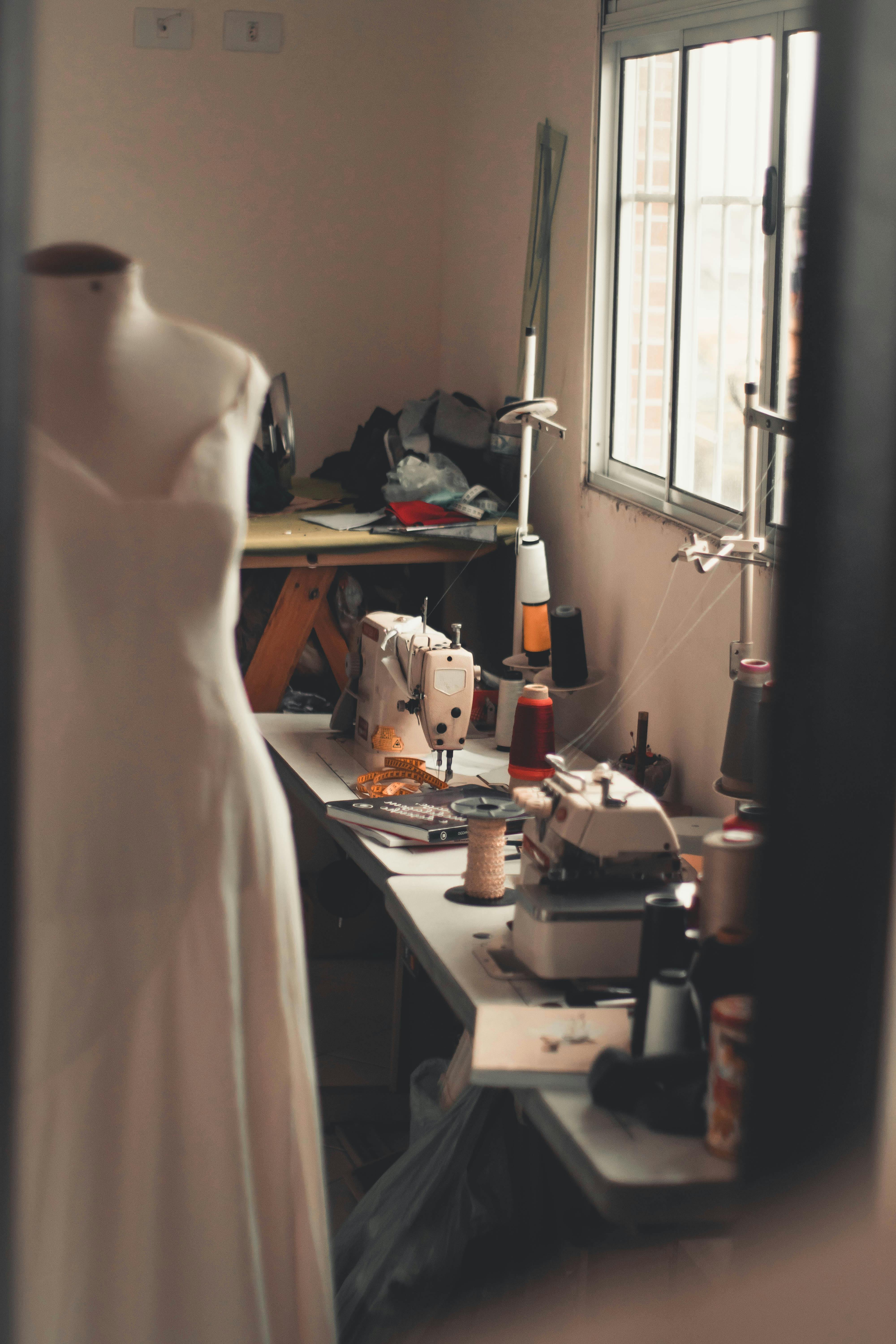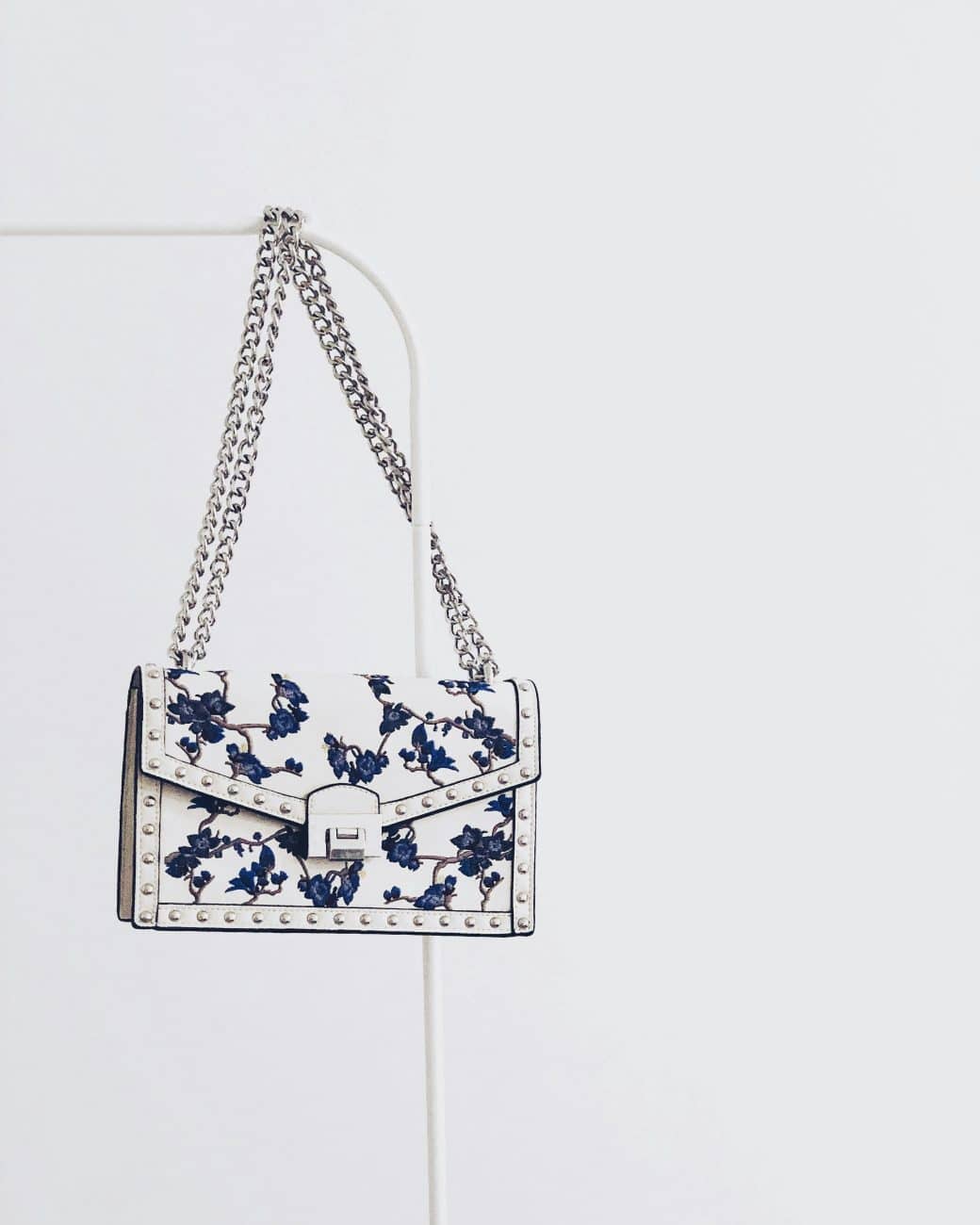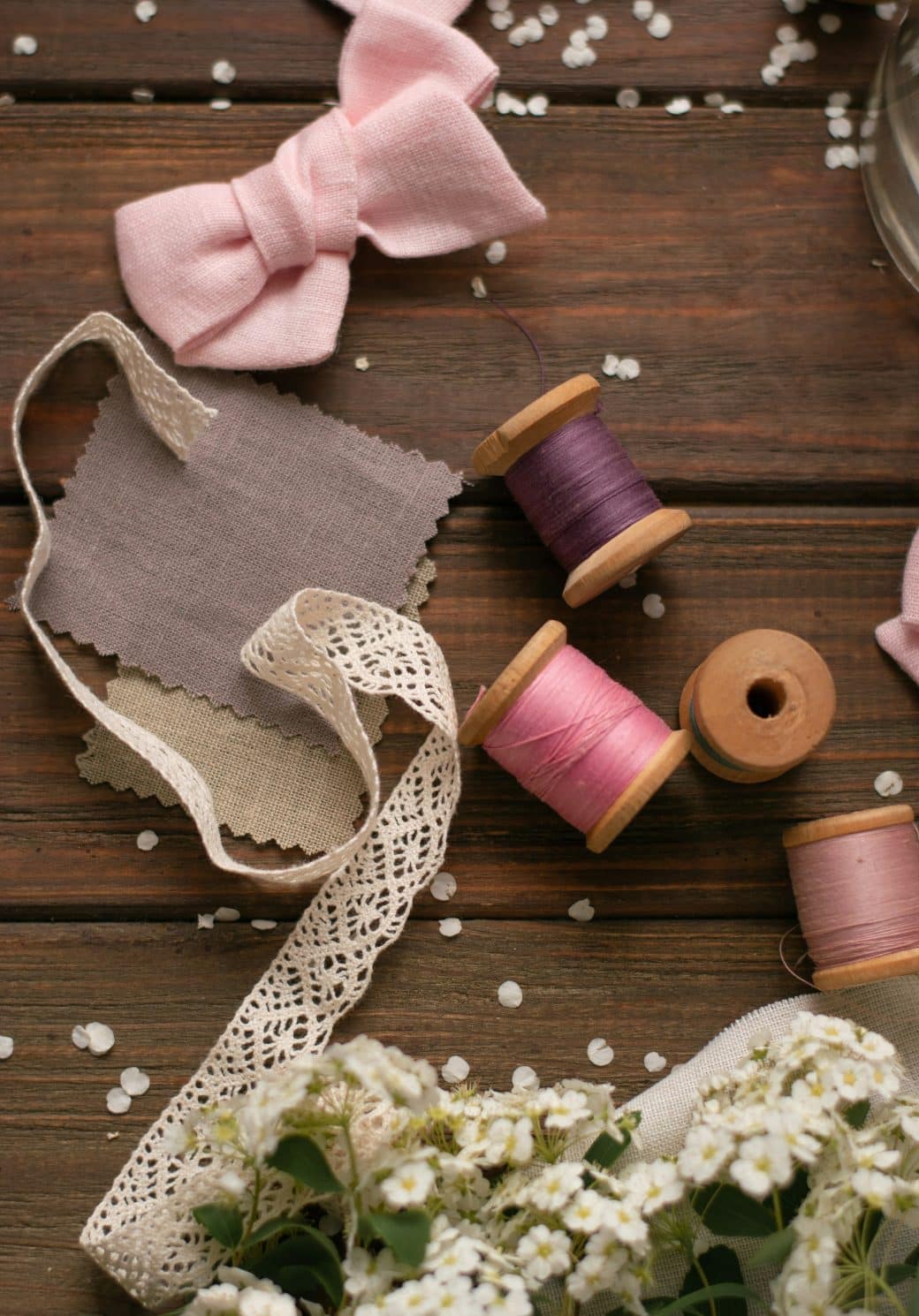Embarking on a sewing journey feels akin to discovering a new world, filled with endless possibilities and the promise of creating something uniquely yours. But just like any adventure, having the right tools can make all the difference. In the vast sea of sewing accessories, certain items stand out as must-haves, essential for anyone looking to elevate their craft. From practical gadgets that simplify complex tasks to innovative additions that open up new creative avenues, these top sewing machine accessories are the game-changers I’ve found indispensable in my own sewing projects.

Sewing Machine Needles
When it comes to sewing, understanding the small things can make a big difference, and that’s definitely true for sewing machine needles.
Different Types of Needles
There’s a whole variety of sewing machine needles out there, each designed for a specific type of fabric or sewing job. For example, there are needles for denim, leather, embroidery, and even stretch fabrics. Choosing the right type of needle for your project is key to achieving the best results.
Understanding Needle Sizes
Needle sizes might seem complicated at first, but they’re actually pretty straightforward once you get the hang of it. The size of a needle is determined by its diameter. Smaller needles are used for lightweight fabrics, while larger needles are best for heavier materials. The numbers on the needles? They’re just a measure of the needle’s size – the higher the number, the larger the needle.
When to Change Your Needle
A blunt or damaged needle can ruin your sewing project and even damage your sewing machine. So, it’s important to change your needle regularly. A good rule of thumb is to change your needle after every project or after about 8 hours of sewing time. Trust me, your projects will thank you for it.
Thread
Thread is the lifeline of any sewing project. Its quality, type, and color can have a huge impact on the outcome of your work.
Importance of Quality Thread
Quality thread makes all the difference. It prevents your sewing machine from jamming, ensures smooth stitches, and makes your work look professionally done. Cheap thread might save you a few pennies, but it could cost you a lot of time and frustration.
Types of Thread
There’s a plethora of threads to choose from – cotton, polyester, nylon, silk, and the list goes on. Each type has its own set of properties that make it suitable for different types of fabric and sewing techniques.
Matching Thread to Fabric Material
The secret to stellar sewing projects? Matching your thread to your fabric material. For example, cotton thread works beautifully with natural fibers, while polyester thread is better for synthetic fabrics. It’s all about finding the perfect pairing.

Bobbin
The bobbin might just look like a small spool of thread, but it plays a huge role in sewing.
The Role of a Bobbin in Sewing
The bobbin works in tandem with the top thread to form stitches. It sits in the bobbin case beneath the needle plate and is absolutely essential for machine sewing.
Types of Bobbins
Not all bobbins are created equal. There are metal bobbins, plastic bobbins, and even specific bobbins for different sewing machine brands. It’s crucial to use the bobbin that’s compatible with your sewing machine.
Appropriate Bobbin Material
Choosing between plastic and metal bobbins can be down to personal preference or the specific requirements of your sewing machine. Check your machine’s manual to see what type of bobbin is recommended and stick to it to ensure smooth sewing.
Sewing Scissors
Cutting fabric with precision starts with the right pair of scissors.
Why Regular Scissors Won’t Work
Regular scissors just don’t cut it when it comes to fabric. They’re not sharp enough and can damage the material, leading to frayed edges and inaccurate cuts.
Different Sewing Scissors Types
There are several types of sewing scissors to know about. Fabric shears are great for large cuts, embroidery scissors for small, intricate work, and pinking shears to prevent fabric from fraying.
Maintaining Your Sewing Scissors
Keeping your scissors in top condition involves regular cleaning and sharpening. And remember, only use them on fabric to maintain their sharpness!

Seam Ripper
Every sewist’s best friend and sometimes, unfortunately, a much-needed tool.
What is a Seam Ripper?
A seam ripper does exactly what its name suggests – it rips seams apart. It’s an essential tool for correcting mistakes without damaging the fabric.
Using a Seam Ripper
Using a seam ripper requires a steady hand. Insert the pointed end under the stitch and gently push forward to cut through the thread. Be careful not to catch the fabric!
Best Seam Ripper Brands
There are several good brands out there, but look for one that fits comfortably in your hand and comes with a fine, sharp blade for precision work.
Sewing Machine Feet
The right sewing machine foot can make complex sewing jobs much easier.
Different Types of Presser Feet
There are presser feet for almost every sewing need – from zipper feet, which make sewing zippers a breeze, to walking feet, which help with layers of fabric or quilting.
Matching the Presser Foot to the Sewing Task
Selecting the correct presser foot for your task can significantly improve your sewing. For example, a buttonhole foot is indispensable for creating perfect buttonholes.
How to Change Presser Feet
Changing presser feet is generally straightforward. Most modern sewing machines have a simple lever or button that releases the foot, allowing you to snap on a new one easily.

Thread Clippers
For snipping threads quickly and close to the fabric, thread clippers are a must-have.
Benefits of Using Thread Clippers
Thread clippers are more agile and precise than scissors, making them ideal for cutting threads without risking damage to your fabric or project.
Choosing The Right Thread Clippers
Look for clippers that fit comfortably in your hand, have sharp blades, and are made from durable materials.
Using Thread Clippers Safely
Keep your fingers away from the sharp edge, store them properly, and never force them to cut through thick materials that they’re not designed for.
Fabric Markers
Marking fabric accurately is crucial for sewing projects that turn out well.
Types of Fabric Markers
There are temporary and permanent fabric markers, as well as chalk and disappearing ink pens, each suitable for different projects and preferences.
Selecting the Appropriate Fabric Marker for Projects
Choose a marker based on your fabric color and type, and the durability of the mark needed. Always test on a scrap piece of fabric first!
Conserving Your Fabric Markers
Keep caps on markers when not in use and store them according to the manufacturer’s instructions to ensure they last as long as possible.
Cleaning Brushes
Keeping your sewing machine clean ensures its longevity and smooth operation.
Why Cleaning Your Sewing Machine is Important
Lint, dust, and thread can build up inside your machine, causing it to run poorly or even damage it over time.
Types of Cleaning Brushes
Soft-bristled brushes are available specifically for cleaning sewing machines. Make sure to use one that can gently remove debris without scratching your machine.
How to Clean Your Sewing Machine with Brushes
Turn off and unplug your machine before cleaning. Use the brush to gently remove lint and dust from the bobbin case and under the needle plate.
Spool Holder
Thread management is key to smooth sewing.
Benefits of Spool Holders
Spool holders keep your thread in place and ensure it unwinds evenly, preventing tangles and snags.
Types of Spool Holders
There are vertical and horizontal spool holders, as well as standalone spool stands for larger cones of thread. Choose one that fits your sewing machine and thread type.
Placement of Spool Holders on Your Sewing Machine
Placement can vary depending on the machine. Consult your machine’s manual for guidance on where to place your spool holder for optimal thread flow.
By understanding and utilizing these top must-have sewing machine accessories, you can significantly elevate your craft, making sewing more enjoyable and your projects more professional. Happy sewing!



